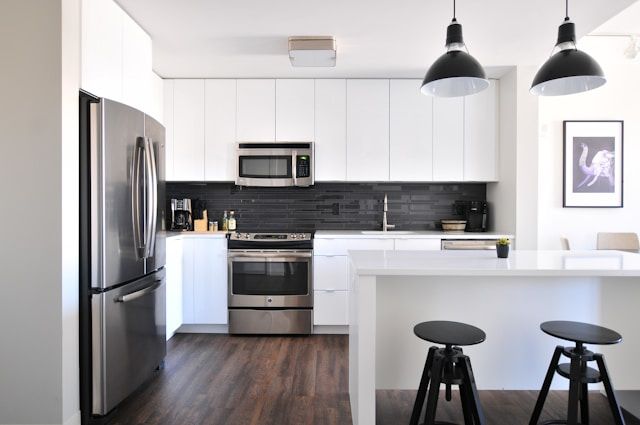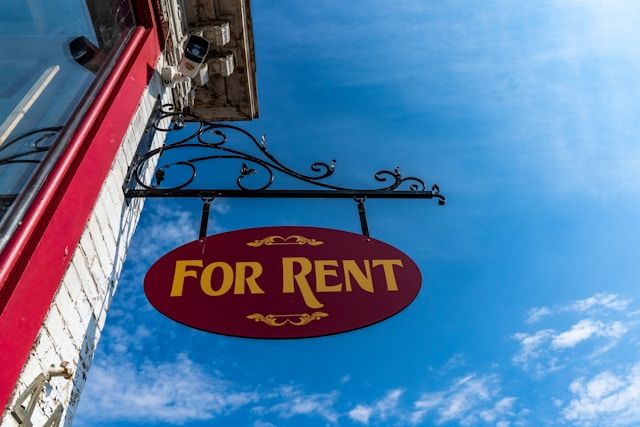
Are you considering diving into the world of rentals? Should you aim for steady tenants or short-term guests? Choosing between short-term vs. long-term rentals isn't just a financial decision—it shapes your entire approach to owning property. Each strategy offers unique rewards and challenges. For single-family homes, understanding what drives profits can help you decide. Take control of your decision by learning about these strategies today. The right choice lets you optimize property management while staying aligned with your priorities.
What Are Short-Term Rentals?
Short-term rentals are properties leased out for short periods, often less than 30 days. Platforms like Airbnb have popularized this approach, making it a go-to for tourists and business travelers. Vacation hotspots, urban centers, and destinations near event venues often benefit from these rentals.
The appeal of short-term rentals lies in flexibility. Owners can block time for personal use or adjust pricing according to peak seasons. This strategy works well for properties in high-demand areas where tourists consistently flow in. With the right tools, you can easily manage short-term listings. Apps simplify guest communication and automate bookings, reducing manual effort.

What Are Long-Term Rentals?
Long-term rentals involve leasing properties for extended durations, typically six months or more. Landlords sign agreements with tenants, creating stable income streams. Families, students, and working professionals frequently seek these homes for stability and continuity.
Long-term rentals work best in areas with residential demand, like neighborhoods near schools or business districts. Owners often enjoy fewer headaches since turnover is low. They focus on maintaining a relationship with tenants and ensuring the property stays in good condition. In many cases, long-term leasing fits investors who prioritize steady returns over short-term cash inflows.
Key Differences Between Short-Term and Long-Term Rentals
Understanding the contrast between short-term and long-term rentals is essential. Here's how the two differ:
● Income Variability: Short-term rentals generate high revenue during peak seasons but remain inconsistent. Long-term rentals ensure a predictable, steady income.
● Management Needs: Frequent turnover in short-term rentals requires constant attention. Long-term properties require occasional check-ins and lease renewals.
● Location Dependence: Vacation zones favor short-term strategies, while stable neighborhoods suit long-term agreements better.
● Regulations: Short-term rentals face stricter laws in many cities, while long-term rentals often involve standard lease laws.
Transition Properties with Ease
However, one key thing they do have in common is the necessary preparations. Preparing a property for new tenants or guests, whether short- or long-term, often requires significant effort. Whether clearing out old furniture, staging a rental, or moving items for renovations, professional movers can simplify the process. For landlords balancing multiple properties or adjusting between short-term and long-term rental strategies, otmmoves.com specializes in providing efficient transitions. Partnering with seasoned movers can save time and reduce stress. With this in mind, let's check out the pros and cons of each option in more detail.
Pros of Short-Term Rentals
Short-term rentals allow owners to charge premium rates during popular seasons. You can maximize profits if your property sits near tourist attractions or business hubs. Owners can reserve dates for personal use, making these rentals appealing to those with dual intentions. Additionally, short-term guests expect stylish, well-decorated interiors, providing an opportunity to showcase creativity and attract bookings.
Cons of Short-Term Rentals
Short-term rentals come with challenges that demand attention. Managing bookings, cleaning, and guest turnover can take time, especially without help. Owners must navigate seasonal demand, often seeing empty calendars during off-peak months.
For high-functioning management, consider smart storage solutions to streamline processes. Keeping furniture, linens, and decorations organized improves efficiency. Local regulations can also create restrictions, limiting flexibility in specific markets.
Pros of Long-Term Rentals
Long-term rentals bring a steady income. With tenants signing leases for six months or more, you enjoy predictable cash flow. If your property sits in a quiet residential area, this strategy might suit your needs. Families and professionals often seek stability, ensuring a consistent demand for long-term homes.
Another benefit is reduced management effort. Unlike short-term rentals, you won't deal with weekly or monthly turnover. You can focus on ensuring the property stays in good condition rather than constantly preparing it for the next tenant. Long-term leases often suit single-family homes, where families seek stability and comfort.
Tenants in long-term rentals also tend to care for properties. When tenants stay longer, they develop a sense of ownership. This reduces property wear and tear compared to frequent short-term use.

Cons of Long-Term Rentals
While long-term rentals offer stability, they come with risks. One challenge is dealing with non-paying tenants. Legal processes, such as evictions, can be lengthy and stressful. Owners may lose income during these periods.
Long-term rentals also limit flexibility. You cannot use your property whenever you like. Owners aiming for personal use of their property might find this structure restrictive. When issues arise, they often require careful negotiation with tenants.
Income, while steady, is usually lower per month compared to short-term rentals. If maximizing profit is your priority, short-term rentals might offer better options, especially in high-demand areas.
Factors to Consider When Choosing a Strategy
Deciding between short-term vs. long-term rentals requires careful thought. Start by evaluating the location of your property. A property near tourist hotspots often suits short-term rentals, while one in a quiet neighborhood might fit long-term needs.
Your financial goals also matter. Do you value cash flow or stable income? Active owners often prefer short-term rentals for the opportunity to adjust pricing based on demand. Less hands-on landlords tend to favor long-term leases for their simplicity.
Consider your ability to handle marketing rental properties effectively. Strong listings drive success in either strategy. Platforms and photos attract the right tenants or guests. Understand your target audience before deciding.
Combining Strategies: Is It Possible?
Combining both strategies offers flexibility. Owners can adapt based on the market or their personal needs. Short-term rentals during peak tourist seasons and long-term leases in off-peak months help balance profits and consistency.
This approach, however, requires careful planning. Owners must manage tenant transitions while meeting local regulations. Hybrid strategies suit owners with time to oversee operations or access professional management services.
Expert Tips for Success in Any Rental Strategy
Success starts with preparation. Leverage technology for seamless operations. Apps and platforms simplify bookings, tenant communication, and payments. Build strong relationships with your tenants or guests for long-term satisfaction.
Evaluate local market trends regularly. What worked last year might not fit the current demand. Stay flexible and open to change when needed.

Short-Term vs Long-Term Rentals: Which One Is Right For You?
Choosing between short-term vs. long-term rentals depends on your goals, property type, and effort level. Reflect on your property's location and the income you want. Engage with your decision actively—analyzing your options carefully will lead to the best outcome. Whether you're drawn to creativity or stability, aligning your strategy with your priorities ensures lasting success.





